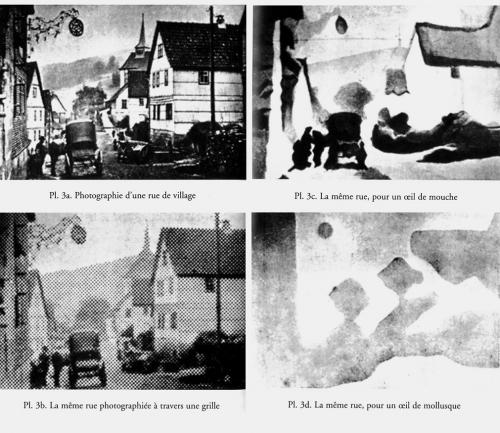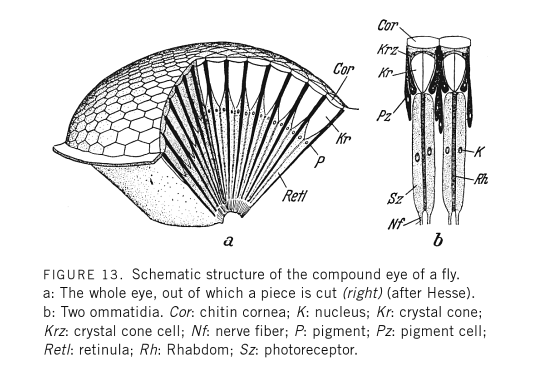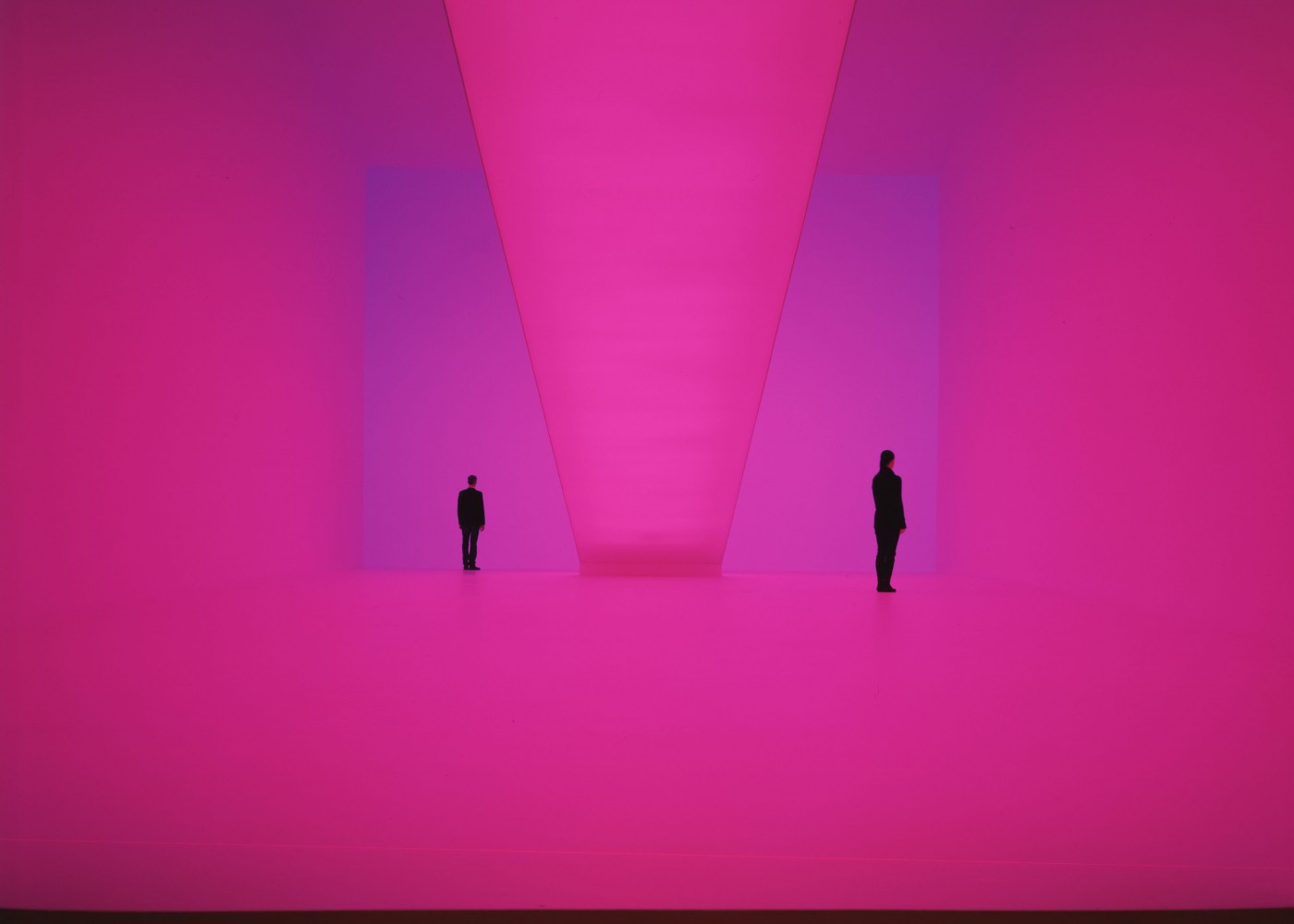Interview with Didier Debaise about Virtual Reality. Debaise is Doctor of philosophy, wrote several books and numerous articles on Bergson, Tarde, Whitehead, Simondon and Deleuze.
Debaise is also an amateur of good video games and was very curious to try VR. After a first extensive demo on the Gear VR, we chatted about his experience and how it resonates with his work, notably on the concept of heterogeneous perceptions.
Involving the spectator
Fabbula: What was your general impression after trying VR for the first time?
Debaise: First of all, I didn’t feel so great right after the experience. We probably stayed a long time on very different registers. Everything was really intense. You produce instabilities, particular perceptions, and maybe that’s what made me feel sick. You feel like there’s will to make an effect, produce a shock with exceptional images. The other thing that really impressed me was a feeling of acute embarrassment. In Wild the Experience, when the girl comes up to sit next to you and stares at you, it’s disturbing; you really feel like you’re both staring at someone and being stared at. I’ve never felt that in such a strong way before. It can happen sometimes when you’re watching movies or television, but without the feeling of somebody staring back at you. Sometimes you can feel ashamed for a character, out of empathy. But in this experience it’s almost like you were ashamed to actually be there and to be observed by the movie’s protagonist. It’s a bit like the artist JR’s VRSE video Walking New York. You’re not really an observer, you’re a stand-in observer. And people are looking at us in the direction we’re supposed to be in. (…) You wonder if you’re there as an active force. It’s as if we had a place, and not necessarily one that has been staged in a strong, organized manner. It’s as if you were with the characters, but not necessarily in the middle of everything. It makes it all so real. And that’s how it is mostly with people anyway in real life, we’re next to them, more or less present. In Virtual Reality, you feel at once that you’re there for the characters and at the same time you have the impression that you mean nothing to them. On an emotional level, those were the strongest moments. Something’s really happening.
Heterogeneous perceptions and multiple worlds
Fabbula: With VR you can be another man or woman, a frog, or even a stone. Do you think that’s something interesting?
“Beyond human perception, there are a thousand ways of making experiences”
Debaise: In what you showed me you’re already so many things. You’re rather disseminated. The central point isn’t completely clear. Usually we have a clear perspective view. Whereas in those experiences you’re recomposing perspective views without any precise anchoring every time. Anyway I’m already certain of another phenomenon. The presence of Virtual Reality, video games, experiences with virtual worlds such as Second Life have meant that a generation has rapidly become sensitive to the existence of heterogeneous worlds of experience. I’m really in tune to that. In philosophy, for example, I’m interested in how the generation before me had great difficulties in thinking of other worlds, the animal and vegetal worlds for example, and only thought from our own human perspective on the world. The following generation brings that to light: human perspectives are perspectives among others, and others that can be envisaged in one manner or another. Which is what virtual proto-reality shows you, when computers put you in spaces where all your perspective fields are modified. More than asking yourself what the physical effects of being an animal would be, it’s about widening levels of perception that affect our vision of what’s real. These are things that interest me in philosophy, like the multiplicity of worlds in a unified space; how in the same room there can be heterogeneous levels of experience according to the living beings and the different realities involved. I have a harder time speaking with people who were trained, who’ve had experiences in a time when it didn’t necessarily pass by virtual reality, like video games and computer systems. Whereas for the younger generations, it’s obvious that with certain media you pass into heterogeneous fields of experience and perception and that you can imagine that beyond human perception, there are a thousand ways of making experiences.
Fabbula: Yes, I totally agree. The phenomenon is really strengthened by VR. It can even become an obvious fact, a knowledge that’s difficult to question. Something that grabs you by your own senses. Like the experience from a dragonfly’s point of view for example. Once you’ve seen a forest the way a dragonfly sees it, your perception of forest is conclusively affected.
From Von Uexküll to VR
Debaise: That’s exactly what I was thinking. There’s this biologist who has become a reference in philosophy, Von Uexküll. A Foray into the Worlds of Animals and Humans has left its mark on different traditions. He worked with an illustrator friend on this book. As a biologist he’d studied the retinal organisation and other sensorial organs such as paws in certain animals. He asked his artist-friend, after all he’d studied, to draw the world seen by a fly, a tick, a dog or a horse.

Debaise: You see exactly the same room as if it were in different worlds, according to the organ of the eye and its properties, where some things are visible and others not. That was his starting point in order to convey that there isn’t one just world seen differently, but a multiplicity of worlds that come together at certain moments in particular situations, meaning that sometimes the fly’s world touches something in the human’s world in a delimited space. It changed things so much because it meant there was no longer just one reality seen in different ways. There was no more underlying reality. There were worlds that connected and that were distanced from one another and most of the time encounters between these worlds happened incidentally. For example, we believe dogs see the same things as us, and yet they see something else. These things connect and we start to react in relationship to the other. What you say interests me particularly because dragonflies don’t have weaker or better eyes than humans, they have another type of a world. They’re also on another rhythm. It’s not just that the vision isn’t the same, the temporality isn’t either. When we slap a fly to crush it, the gesture of our hand is infinitely slow for a fly whereas from our perspective it’s at the maximum of our perceptive speed. The perspective sequences aren’t the same at all. It’s not just about heterogeneous perceptions, they’re completely different temporalities that signify that we’re not at all in the same rhythm or time zones

What does this multiplicity of worlds do to philosophy?
“Once you’ve been plunged into Virtual Reality, Reality itself is thereby modified”
Debaise: It changes a whole series of categories. We were still marked by the idea that the world is unified and more or less correctly experienced according to different types and criteria. And now all of a sudden we realize that there are no transversal criteria. So what happens to the concept of Truth? It shouldn’t be rejected, but its meaning has completely changed. To say that something is correct or false depends on which world you’re talking from. How worlds articulate provokes complete changes in the founding categories of philosophy. In time, too; saying that these are heterogeneous temporalities that are due to sequences of perception rather than uniform, homogeneous time valid for all. We knew that sometimes that homogeneous time could be lived faster at one moment and slower at another. But here, everything is reversed, because we’re saying that homogeneous time is in fact artificially fabricated on the temporal pluralities of acts and sequences. Because of this, very many elements have to be questioned. It can go very far. The human subject as a reference point in all the categories he mobilizes finds himself crossed over by a multiplicity of temporalities of perspective fields, one could say that there’s not only one perception that would be the eye, but a multitude of experiences, ways of feeling and of interacting with the milieu. In a single movement it’s the experience of the human body that becomes polymorph. I’m very interested in the effects it has on what we call the Natural. Virtual Reality is difficult to situate clearly for the time being, but these are major changes in the importance we confer upon things, the perspectives in which they are engaged and which end up transferring one to the other. That’s why I don’t think there’s a rupture between Reality and Virtual Reality. Because once you’ve been plunged into Virtual Reality, Reality itself is thereby modified. But that would be a very long discussion. What has Virtual Reality transformed in Reality? In the end, what is Reality?
